The hippopotamus, often perceived as a docile giant of African waterways, harbors a darker reputation among those who share its habitat. Beneath the placid surface of rivers and lakes lies a creature capable of startling aggression, earning it the title of one of Africa's most dangerous animals. Despite their comical appearance and seemingly lazy demeanor, hippos kill more humans annually than lions, crocodiles, or any other large African mammal. This paradox of the "deadly fatso" of freshwater ecosystems reveals a complex interplay of biology, territoriality, and human-wildlife conflict.
The Physiology of Power
An adult male hippopotamus typically weighs between 1,500 to 3,200 kilograms, with a barrel-shaped body supported by surprisingly slender legs. This massive frame conceals extraordinary muscle density—particularly in their jaws, which can open to an incredible 180 degrees. Their iconic tusks, actually enlarged canine teeth, grow continuously throughout their lives and can reach lengths of 50 centimeters. When combined with a bite force measuring 1,800 pounds per square inch (nearly double that of a lion), the hippo possesses one of nature's most formidable natural weapons.
What makes hippos particularly dangerous is their amphibious nature. They can charge at speeds of 30 km/h on land (faster than humans can run) and maintain remarkable agility in water despite their bulk. Their thick skin, up to 5 centimeters in places, provides natural armor against most predators—including young crocodiles foolish enough to wander too close. These physical attributes transform what might appear as an oversized pig into a perfectly adapted aquatic tank.
Territorial Terrors
Hippos spend their days submerged in water to protect their sensitive skin from the sun, emerging at dusk to graze on land. This crepuscular lifestyle brings them into frequent contact with humans, particularly fishermen and farmers living near waterways. Male hippos establish and fiercely defend territories that encompass prime river real estate—stretches that provide adequate depth, grazing access, and often, human activity.
The animals' territorial nature peaks during mating season, when bulls become particularly aggressive. They mark their domains by spinning their tails while defecating, scattering feces in wide arcs—a behavior called "dung showering." Any perceived intrusion, whether by rival hippos, crocodiles, or human boats, triggers immediate violent responses. Unlike predators that hunt humans, hippos attack purely from defensive instinct, making their behavior unpredictable and especially dangerous to those unaware of the invisible boundaries they've established.
The Human Toll
African communities living alongside hippopotamuses have learned to respect these creatures through tragic experience. In Tanzania alone, hippos account for more human deaths than any other wild animal, with estimates ranging from 100 to 300 fatalities annually across Africa. Most incidents occur when fishermen accidentally enter hippo territories or when the animals raid crops at night, encountering farmers in the fields.
One particularly infamous incident occurred in 2014 on the Niger River in Mali, where a hippo capsized a crowded passenger boat, resulting in 13 drownings. Survivors described how the animal surfaced directly beneath the vessel without warning, flipping it instantly. Such events demonstrate the hippo's capacity for destruction without predatory intent—a byproduct of their sheer size and explosive defensive reactions.
Ecological Paradox
Despite their danger to humans, hippos play vital roles in their ecosystems. Their grazing patterns create pathways through dense vegetation, while their nutrient-rich feces fertilize aquatic systems. During dry seasons, the paths they create through waterways become vital channels for other species. Some fish species have evolved to feed exclusively on hippo dung, while others clean parasites from their skin—a rare example of mutualism with such a dangerous creature.
This ecological importance presents conservation dilemmas. As human populations expand into traditional hippo territories, conflicts inevitably increase. Some countries have implemented controversial culling programs, while others attempt relocation efforts—both approaches carrying significant risks and ethical questions. The challenge lies in balancing human safety with the preservation of a species that, despite its deadly reputation, remains crucial to African freshwater ecosystems.
Cultural Complexities
Throughout African cultures, the hippopotamus occupies a paradoxical position in folklore and tradition. Some West African societies revere them as river deities, while others view them as manifestations of destructive spirits. The Zulu word for hippopotamus—"imvubu"—translates roughly to "the one who kills without eating," capturing their peculiar place in the human imagination.
Modern media often portrays hippos as gentle giants, a perception that wildlife experts argue contributes to dangerous underestimation. Tourists on safari boats frequently beg captains to move closer to basking hippos, unaware that the animals can launch their bulk with startling speed when feeling threatened. This disconnect between perception and reality underscores the need for better public education about these fascinating but deadly creatures.
As climate change alters water patterns and human populations continue to expand, the delicate balance between hippos and people grows increasingly precarious. The "deadly fatso" of Africa's waterways serves as a powerful reminder that in nature, appearances often deceive, and that respect for wildlife must be grounded in understanding rather than anthropomorphic projection. Their continued survival—and human safety—depends on finding ways to coexist with these magnificent but dangerous freshwater giants.
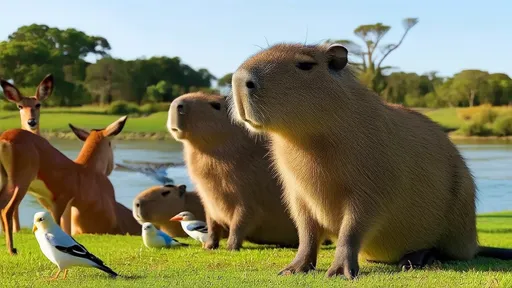
By /Jun 10, 2025
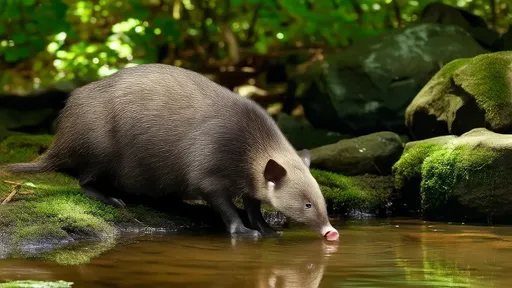
By /Jun 10, 2025
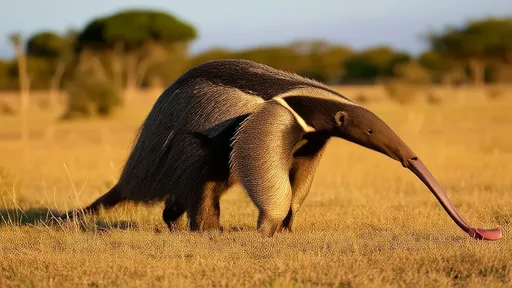
By /Jun 10, 2025
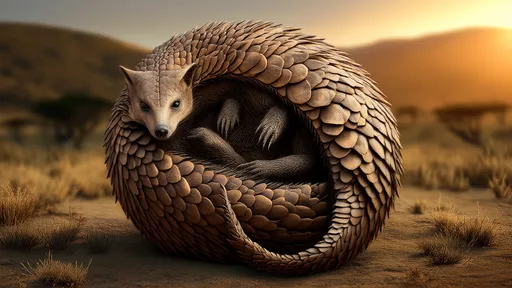
By /Jun 10, 2025
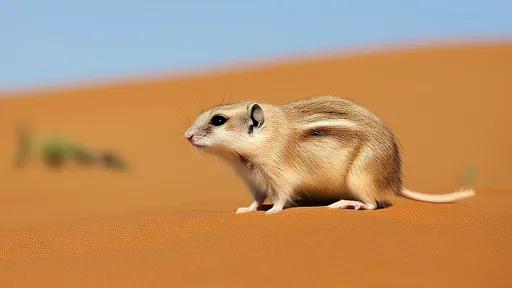
By /Jun 10, 2025
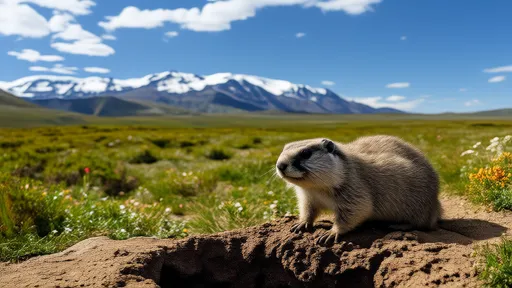
By /Jun 10, 2025
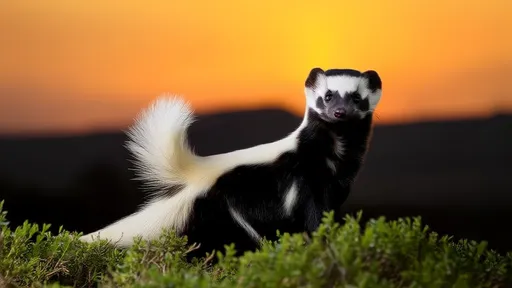
By /Jun 10, 2025

By /Jun 10, 2025

By /Jun 10, 2025
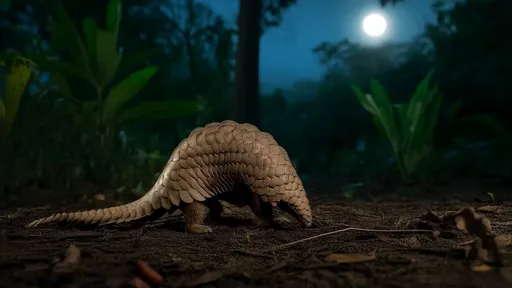
By /Jun 10, 2025
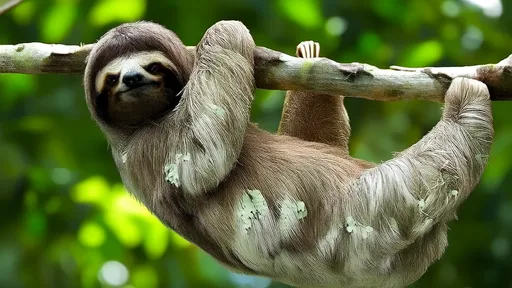
By /Jun 10, 2025
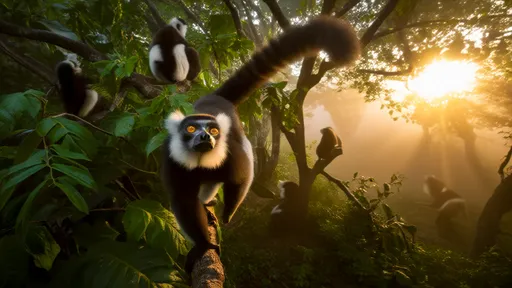
By /Jun 10, 2025

By /Jun 10, 2025
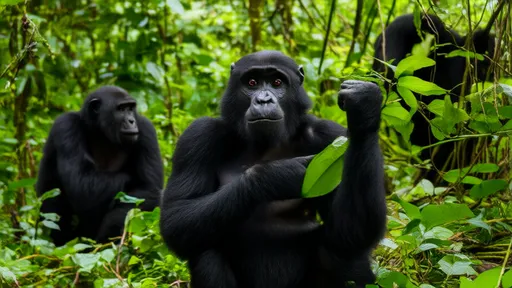
By /Jun 10, 2025
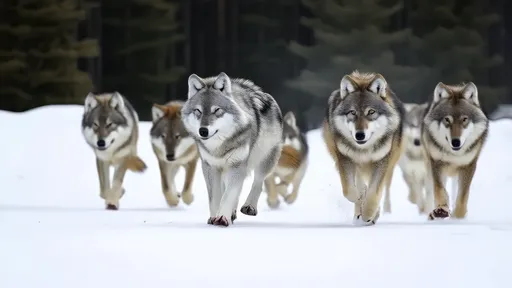
By /Jun 10, 2025
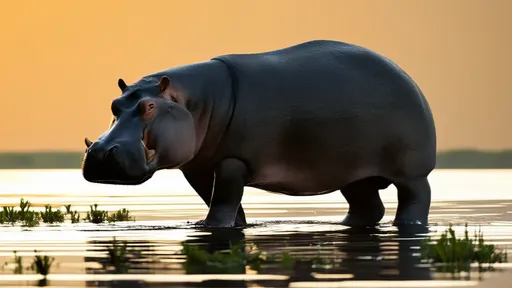
By /Jun 10, 2025
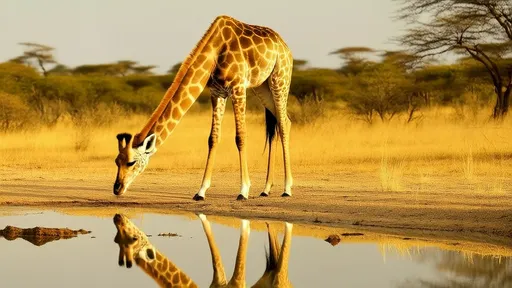
By /Jun 10, 2025